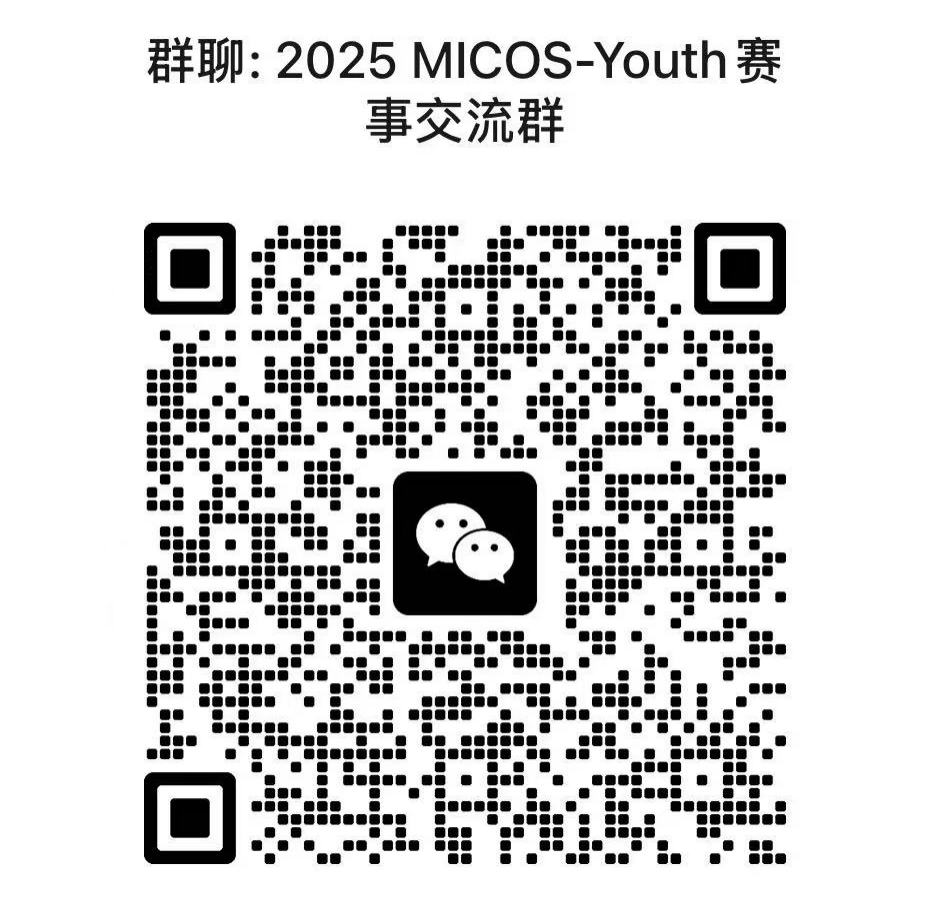The competition will focus on designing projects around three directions: biodiversity exploration, rare and invasive species surveys, environmental pollution and ecological protection. Participants are required to complete a project proposal, conduct eDNA full-process testing (including field expeditions, experimental operations, and data analysis), and submit a formal research report followed by an on-site defense.

If the QR code becomes invalid, please contact our official customer service as follows:

Proposal Report: The report should include the following sections:
Report format: Available in both Chinese and English.
Teams are required to collaboratively complete the full-process eDNA testing, which includes: Field surveys, experimental operations and data analysis.The final output should be a scientific research report.
Report format: The submitted version of the report can be in Chinese or English; the CNGBdb display report must be provided in both Chinese and English versions.
Selection Method: Based on scoring, the top 1,000 enter the intermediary round.
Selection Method: Based on scoring, the top 60 enter the final round.
The following costs may arise during the competition and must be borne by the participants themselves: